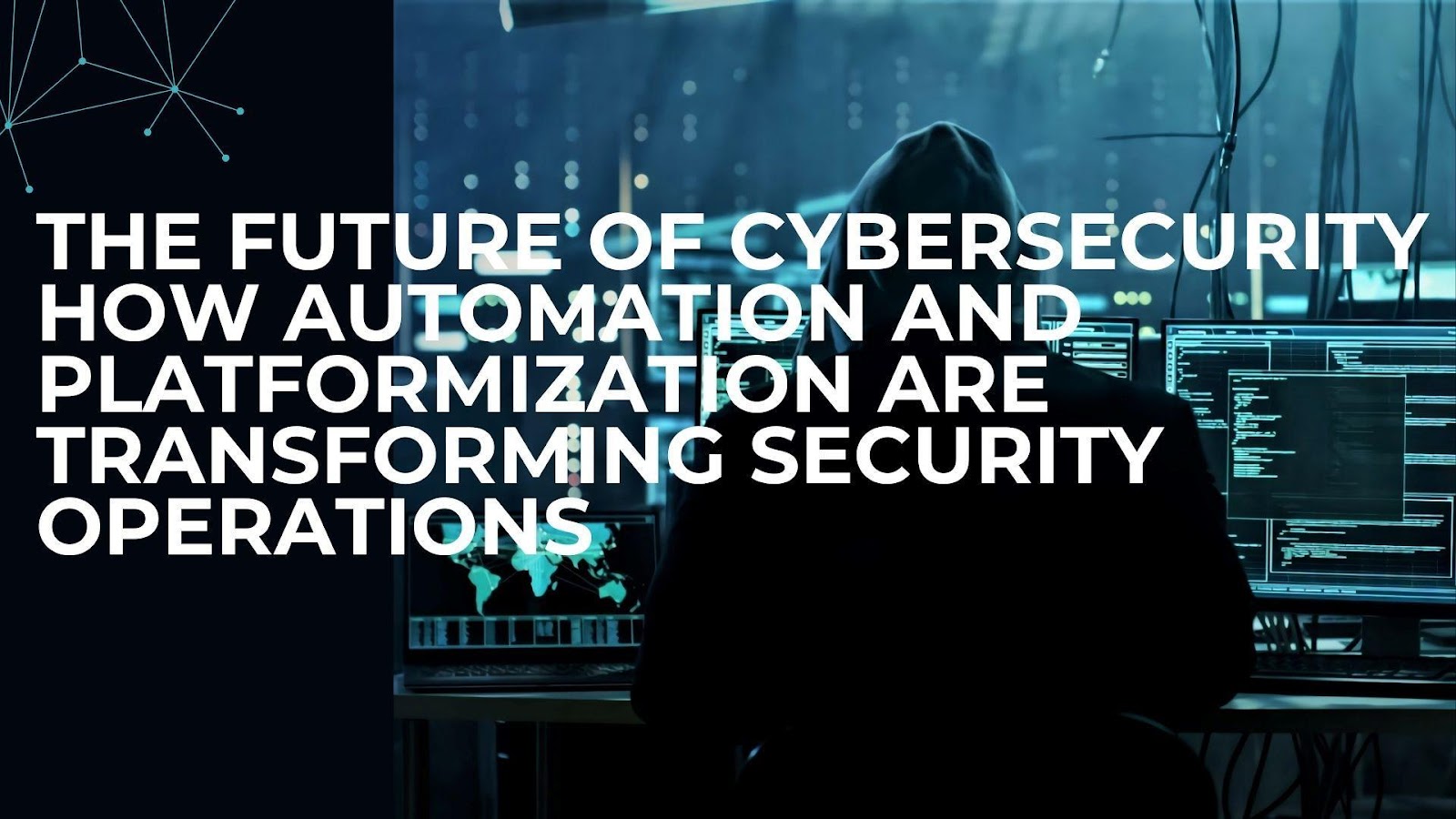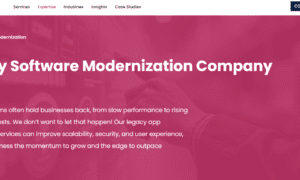Cybersecurity is undergoing a major transformation as organizations navigate increasingly complex environments. Chintan Udeshi, a leading expert in the field, explores how automation and platformization are reshaping enterprise security operations. His insights provide a clear roadmap for companies looking to strengthen their defenses against evolving cyber threats.
The Complexity of Modern Cybersecurity
The shift to hybrid and multi-cloud infrastructures has brought flexibility and efficiency, but it has also introduced significant security challenges. Organizations now rely on a multitude of security tools, including Security Information and Event Management (SIEM), Next-Generation Firewalls (NGFW), Vulnerability Management and Network Access Control (NAC). However, this tool diversity often leads to fragmented security visibility and an overwhelming volume of alerts, making it difficult for security teams to identify and respond to genuine threats.
Automation Through SOAR: A Game Changer
Security Orchestration, Automation, and Response (SOAR) is emerging as a powerful solution to overcome the inefficiencies of traditional security operations. SOAR platforms automate routine security tasks, allowing analysts to focus on high-priority threats.
Key features of SOAR include:
- Automated alert triage – Reducing false positives and prioritizing genuine threats.
- Incident response workflows – Standardizing security processes to enhance efficiency.
- Seamless integration with security tools – Providing a unified security dashboard.
SOAR enables faster containment of security incidents, significantly reducing response times. Organizations implementing these solutions have reported a 55% reduction in the time needed to mitigate cyber threats.
The Rise of Platformization in Cybersecurity
Beyond automation, security leaders are moving toward platformization—a strategy that integrates multiple security functions into a single, centralized platform. This approach eliminates the inefficiencies of managing disparate security tools and creates a more cohesive defense mechanism.
The advantages of platformization include:
- Unified threat visibility – Consolidate threat intelligence across different tools.
- Consistent security policy enforcement – Ensure uniform protection across all environments.
- Reduced operational complexity – Simplify security management and reduce overhead costs.
Organizations adopting an integrated security platform have seen a 77% improvement in threat detection capabilities, allowing them to act proactively against potential cyberattacks.
Vendor Consolidation: A Strategic Shift
To further streamline security operations, companies are embracing vendor consolidation. Instead of managing multiple specialized security providers, organizations are opting for comprehensive solutions from fewer vendors. This strategy enhances interoperability between security tools, simplifies administration, and reduces costs.
Benefits of vendor consolidation include:
- Stronger integration between security functions
- Easier management of security tools
- Cost savings from reduced licensing fees and operational expenses
A recent study found that 80% of enterprises plan to consolidate their cybersecurity vendors within the next few years, underscoring the shift toward a more streamlined security ecosystem.
Reducing Incident Response Time with Automation
One of the most significant advantages of automation and platformization is their ability to cut down incident response times. By leveraging automated security workflows, organizations can detect and neutralize threats faster than ever before.
A report by IBM found that companies with fully automated security solutions respond to cyber incidents 74% faster than those relying on manual processes. This acceleration minimizes the impact of breaches and prevents widespread damage.
Cost Reduction and Efficiency Gains
While implementing automation and platform-based security solutions requires an initial investment, the long-term cost savings are substantial. Organizations reduce licensing costs, optimize resource allocation, and decrease redundancy in security operations. The reduction in human error and administrative overhead further boosts efficiency, making cybersecurity more cost-effective.
The Future of Cybersecurity: Integrated and Intelligent
As cyber threats grow in complexity, organizations must adopt innovative strategies to stay ahead. The combination of SOAR, security platformization, and vendor consolidation presents a powerful framework for modern cybersecurity. Looking forward, the integration of artificial intelligence and machine learning will further enhance these technologies, making threat detection and response even more sophisticated. These advancements enable proactive defense posture, streamlined operations, and comprehensive visibility across increasingly complex attack surfaces, ultimately strengthening the resilience of an organization against evolving cyber challenges.
In conclusion ,Chintan Udeshi emphasizes that businesses investing in automation and integrated security platforms today will be better prepared for the evolving cybersecurity landscape. By adopting these strategies, organizations can build a stronger, more resilient defense against cyber threats in the years to come.
































